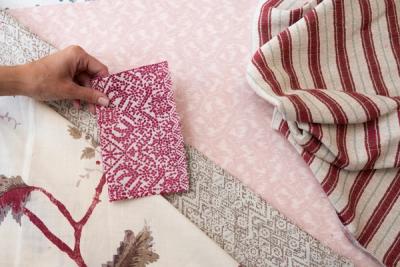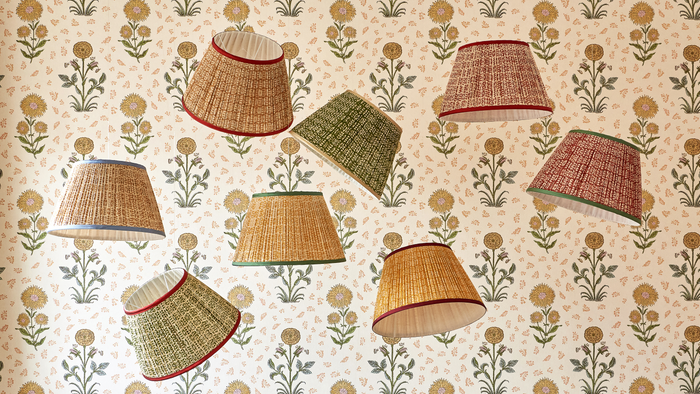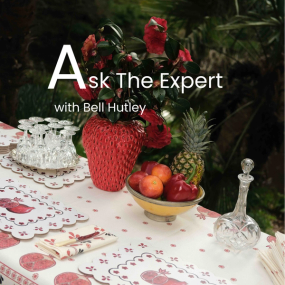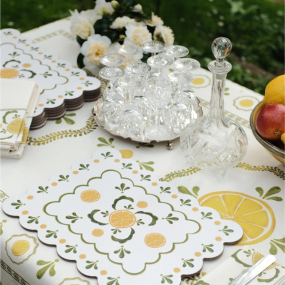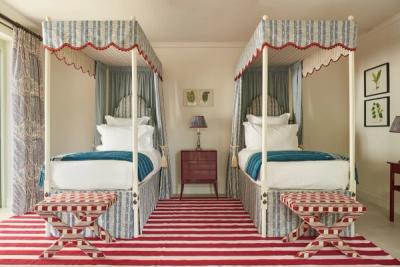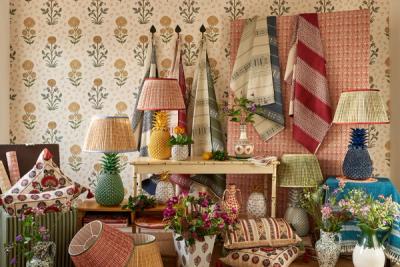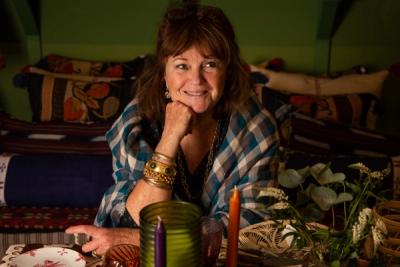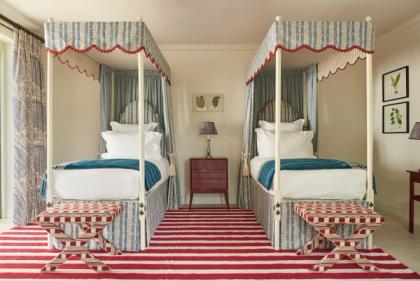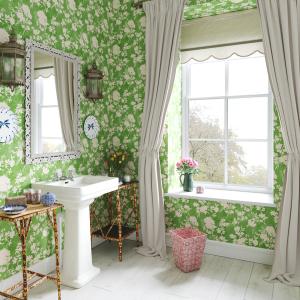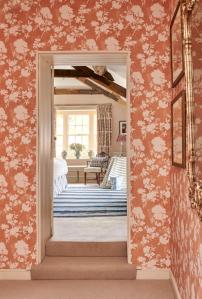Decoration
The Beautiful History of Scandinavian Needlework
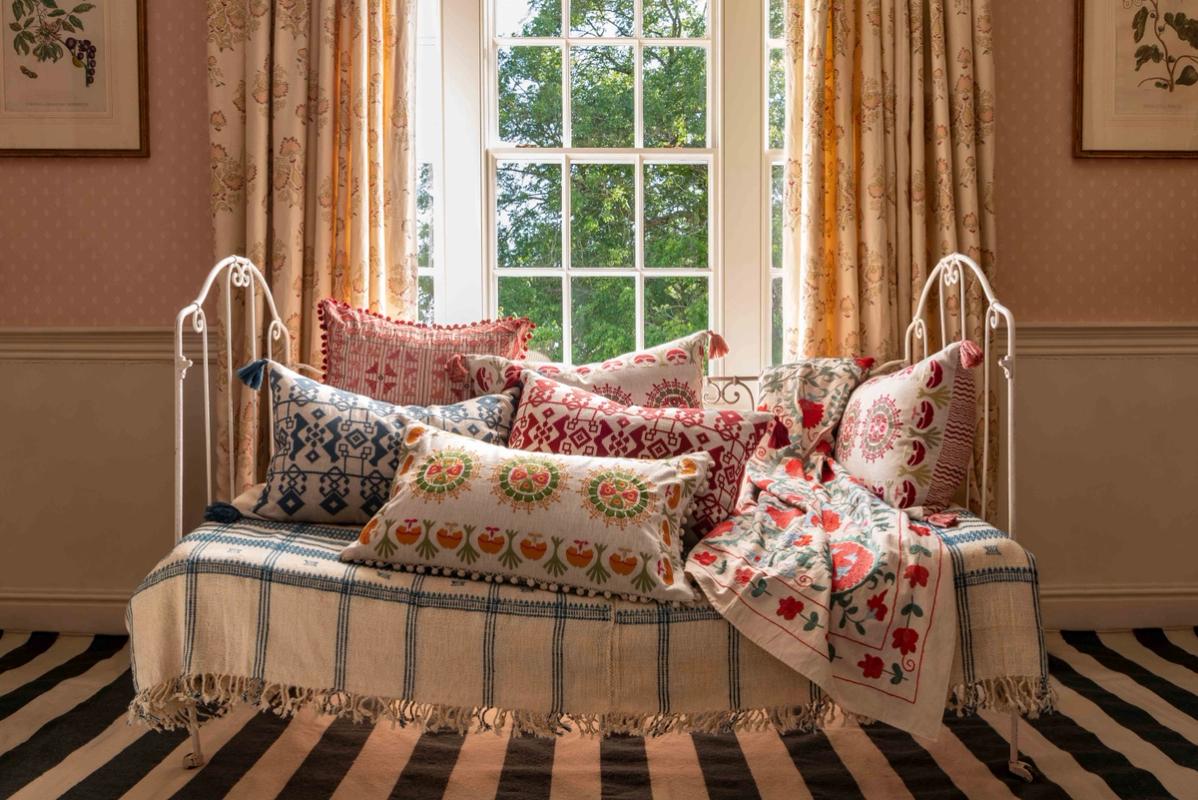
The Beautiful History of Scandinavian Needlework
There are so many ways to tell a story. Beyond words and poetry, paint and charcoal, the world of textiles offers an incredibly versatile and expressive medium, through which we can celebrate our roots, our legends and folklore, and everyday life. Just like those ancient cave paints, those illustrative hieroglyphics on the walls of the pyramids, those handprints made intentionally in the soft, sticky mud and fossilised for thousands of years, the marks made on a cloth tell us more than words could.
Even the ways clothes were sewn together – those seemingly inconsequential running and base stitches – tell us a lot, perhaps unintentionally, about the people who came before us, and prove that beautiful fabric is as fascinating as more traditional forms of artwork.
Scandinavian embroidery is among the most beautiful in the world. With bright colours, distinctive floral motifs and a sumptuous texture that brings new dimension to a room, it is, for us, a ‘must’ of interior design.
From the Bronze Age to the Medieval Period
Embroidery is decorative. It’s not the stitches that hold garments together, but the stitches that make it attractive and desirable – unique and special. It takes a lot of time to embroider even a small piece, and, when we imagine life in the Bronze Age, it is hard to imagine there being much room for suffusing beauty with practicality.
But, as archaeologists have found, that is exactly what they did. Decorative stitching has been found on remnants of cloth from between 3000BC and 1200BC. While it would be a while before the colourful motifs emblematic of Scandinavian design would appear, those who came long before us still valued the simple elegance of decorative needlework.
By the time of the Vikings – a relatively short period AD – we can start to recognise motifs that remain illustrative of Scandinavian needlework to this day. Faces, flowers, and animals all appear in scraps of clothing that have survived through millennia and show how ingrained the Scandinavians’ sense of identity was, even all those years in the past.
The scope for embroidery to tell entire stories – stories of life and battles and religious imagery (a little like a tapestry) really started to gain traction in the medieval period. Decorative motifs and patterns proved popular alongside the more illustrative designs, and fine clothing began to stand out significantly from plain, practical garments.
Diversifying Styles
As the world changed, there were more opportunities for needleworkers to hone their craft and to really shape those differing cultural styles. For instance, the Danish style of white embroidery, Hedebo, is thought to have arisen around the 18th century in a region known as Zealand (or, to the Danes, Sjælland). Often characterised by abstract imagery depicted in bed linen as well as shirt collars, the style is remains highly celebrated. You will find Hedebo embroidery on display in museums across the country, and treasured by families that have passed work down through the generations.
Some of the most recognisable motifs in Scandinavian embroidery are the Dala horse – a symbol toy originating in Dalarna, Sweden – with a simple yet recognisable silhouette, often painted or embroidered in red, as well as the Nordic star and rosemaling (which roughly translates to ‘rose painting’), which is an elaborate, floral motif particularly popular in Norway. Many of these designs are characterised by simple outlines filled with the beautiful texture threads create, or highly symmetrical designs and motifs.
While they are all classics symbols of an ancient tradition, they remain incredibly popular to this day, and have inspired many artists from around the world to integrate them into their work. The emphasis that is placed on the natural world – on flowers, botanicals, trees and animals – holds a universal appeal, and proves that you needn’t share a language to share stories.
Scandinavian design at Penny Morrison
Part of our love affair with design and artistry stems from our love of travel, and of working with artisans from around the world to bring exceptional work to our showrooms. From being inspired by traditional Indian block printing techniques to sourcing hand-painted and hand-glazed ceramics from artists in Portugal, we love to be able to celebrate skills and passions that have been passed down through generations, and that continue to represent these disparate parts of the world.
Scandinavian design is no different. Our embroidered folk cushions, which you can see in orange and green by clicking here, are heavily inspired by the longstanding tradition of embroidery in the subregion. Featuring a repeating pattern of motifs that are reminiscent of designs that have been embroidered for centuries, and exemplifying that wonderful, plush texture of real embroidery.
More from Decoration



